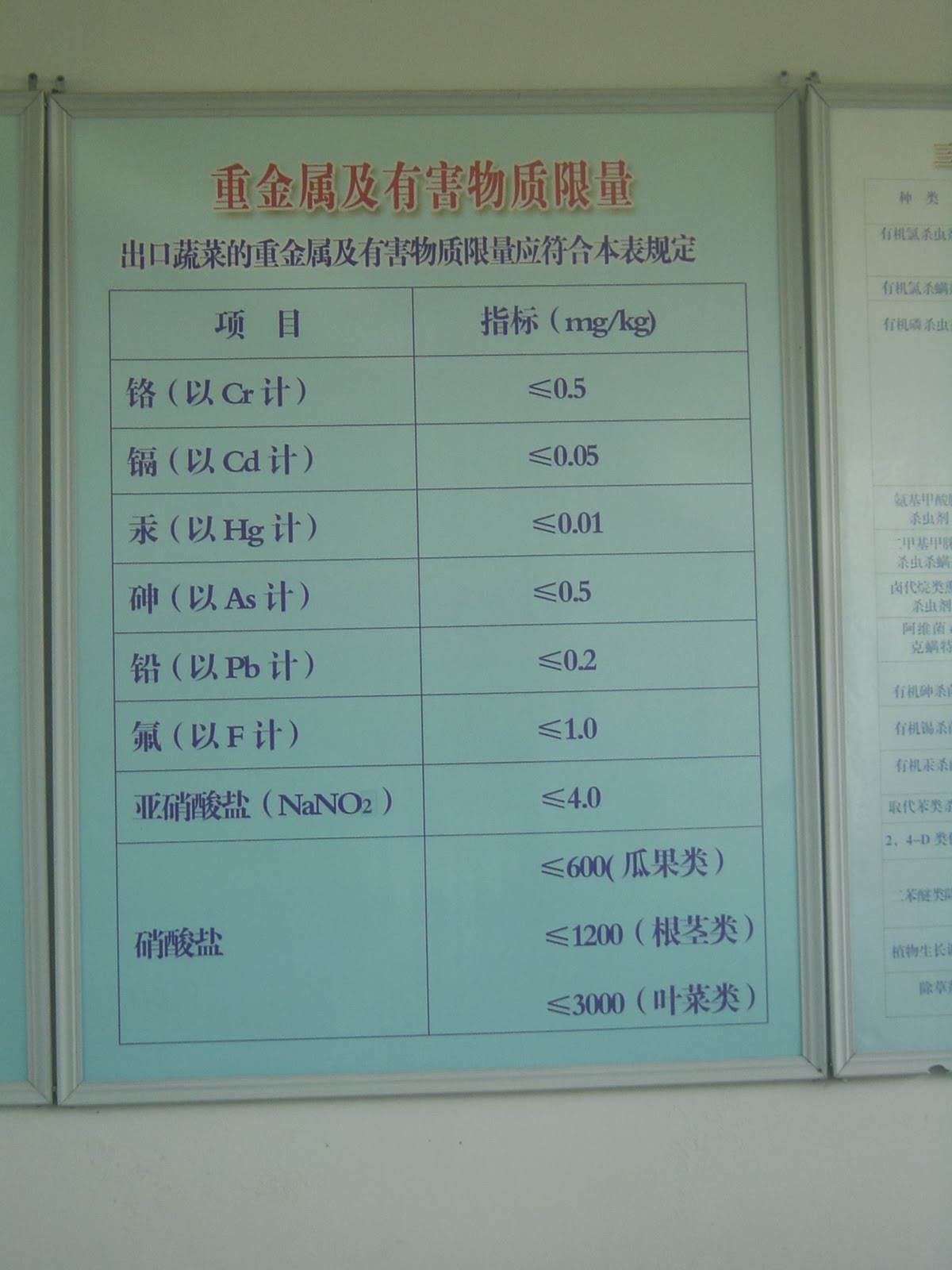The problem starts with the director of the bureau. Ma Jiantang is identified first as the bureau's communist party secretary and secondarily as its director. On December 26, he presided over a meeting of the bureau's communist party organization department where he conveyed the highlights of the central party committee's rural work meeting. China's statistics bureau is fundamentally an arm of the communist party and its mission is to preserve communist party rule, as will be revealed below.
Mr. Ma exhorted NBS party leaders to improve the quality of statistics on the production of grain and other agricultural commodities as a priority for 2014. This followed recent instructions from General Secretary Xi Jinping to improve the reliability of statistics, increase their truthfulness, stop falsification of data, and do a better job of reporting statistics to the public. Mr. Ma ordered statisticians to prepare for the 2016 agricultural census and to carry out a strategy for improving grain statistics, including a survey of major grain-producing counties begun several years ago (but has never been published).
The second emphasis of the meeting was on a campaign to clean up corruption in the statistical system, an issue that gets to the heart of why China's statistics are unreliable. Statistics are the measuring rod for evaluating Chinese officials and the benchmark for distributing money. Consequently, there are strong incentives throughout the system to exaggerate numbers or understate numbers to hide problems.
Mr. Ma exhorted to attendees at the meeting to strictly enforce party discipline and resolutely implement the party's work plan for cleaning up corruption. Each unit in the statistics bureau has a "party discipline leader" who is charged with preventing corruption in his/her unit.
We can learn more on how the party operates in the statistics bureau from an early-December "warning meeting" held for 60 statistics officials in Shaanxi Province to show them the serious consequences of corruption. Officials were shown pictures of prisons and heard testimonies from prison guards and prisoners who are ex-officials convicted of corruption, resulting in "shock" and a "baptism" for the minds of the officials. Sounding like a Confucian religious revival meeting, the officials realized that the prisoners they heard from were once officials with lofty aspirations who made a contribution to society, but they succumbed to temptation in a moment of greed, choosing the criminal path." The felons were described as tarnishing the image of the party and disgracing their families, and "in the end they were repentant." "Their remorse and sighs again warned us to keep a clear head, build strong party discipline and moral defense from deep in the heart as a preventive measure."
A prison guard warns Shaanxi statistics officials about
The description of the Shaanxi meeting reveals that the ultimate objective is to keep the communist party in control: "Everyone realized the anti-corruption drive is related to the government’s future and destiny...related to the party’s survival and long-term stability of the state, and corruption is the biggest danger facing our party."
Many statistics are used to distribute subsidy funds. For example, counties can receive award payments based on their output and marketings of grain, oilseeds, and pigs. Other subsidies for seeds, breeding stock, and vaccines are distributed based on statistics. Other big programs include "general agricultural development" and "high-yield field construction." Some districts have plans to ban pig production, giving officials incentive to hide or ignore illegal pig sties. As long as statistics and policies are intertwined, respondents have incentive to falsify or massage data. Statisticians may be induced to go along with the falsification by a bribe.
Modern statistical methods endeavor to estimate national totals from sample surveys. Periodic censuses give statisticians a bench mark for making inferences from samples to the population. China's agricultural statistics rely on decennial agricultural censuses (in 1996 and 2006) to give them a benchmark to estimate national totals from sample surveys (they are preparing for the next census in 2016). However, these censuses probably produced fictitious data, making annual statistical estimates meaningless. In a blog-post, "Agricultural census: for truth or corruption," a local official recalls receiving a phone call ordering him to revise census reports because the numbers differed from those reported in the bureau's annual statistical publications. Statisticians were given totals for each district they then had to allocate among the households in the district at random. When the official complained that such data were useless, he was told not to worry; upper level officials had responsibility for revising the data.
Another post told a similar story, saying that 90 percent of the census data on population, land area, rice planting, poultry and livestock in a particular county were made up by allocating numbers from annual statistical reports. Another official estimated that half of the 2006 agricultural census data was made up. Many officials couldn't be bothered to try to chase down villagers who are often away from home working elsewhere. Thus, many of the census forms were filled out by the officials in their offices. Many just filled in information from previous censuses. An industrial district in Suzhou falsified census statistics to report fictitious "green" land and hide their illegal expropriation of farmland.
China's statistical organization has a fundamental internal contradiction. Statisticians are exhorted to be "scientific", but science is a process of formulating hypotheses and testing them against observed facts. However, statistics can never be objective or reliable as long as statistics and politics are intertwined. The reams of numbers released by China's statistical authorities create a false impression of precision when in reality they leave analysts in a fog of confusion.











